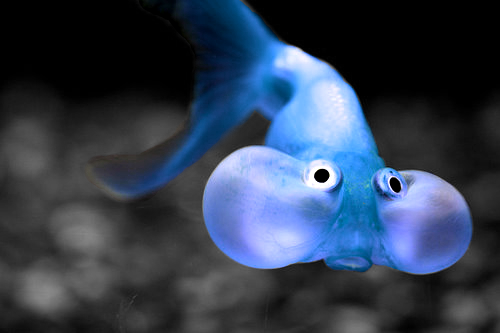daws101
Diamond Member
- Banned
- #81
The harmful consequences of fast food have been showcased by this hamburger, which is still intact after 14 years. Found accidentally by David Whipple in his court’s pocket after two years of purchase, he continued the experiment for 14 years, shocked to see that the burger still seems edible.
A 14 Year Old Burger Found, Still Looks edible!
David Whipple, a man who bought a hamburger on July 7 1999 and preserved it for a month to show his friends that it would look exactly the same after a month due to preservatives, forgot about it in his coat’s pocket, found it after two years and to his dismay, it looked still the same. He then decided to carry forward this experiment and after 14 years, the burger just refuses to age. Shocking? Isn't it?
According to Whipple, the experiment had not been started on purpose. He just used it for a month to show case enzyme’s reactions and forgot about it, until his wife found it after two years. Though even after 14 years, there has been no sign of mould or fungus on the bun or the meat and it did not smell differently. The burger has attracted so much attention that at one point Whipple had auctioned it on eBay and the bids had reached close to $2000. But later, he and his wife had changed their minds and decided to keep it with them for educational purposes and show their grandkids the ills of fast food.
In 2012, Melanie Hesketh, a mom from Ontario, Canada, had kept a McDonald’s cheeseburger for a year to discourage her teenage children from consuming ‘junk’ food, but she also could not believe that it could last for 14 long years. This edible burger of 14 years had been showcased on the popular TV show ‘The Doctors’.
A 14 Year Old Burger Found, Still Looks edible!
A 14 Year Old Burger Found, Still Looks edible!
David Whipple, a man who bought a hamburger on July 7 1999 and preserved it for a month to show his friends that it would look exactly the same after a month due to preservatives, forgot about it in his coat’s pocket, found it after two years and to his dismay, it looked still the same. He then decided to carry forward this experiment and after 14 years, the burger just refuses to age. Shocking? Isn't it?
According to Whipple, the experiment had not been started on purpose. He just used it for a month to show case enzyme’s reactions and forgot about it, until his wife found it after two years. Though even after 14 years, there has been no sign of mould or fungus on the bun or the meat and it did not smell differently. The burger has attracted so much attention that at one point Whipple had auctioned it on eBay and the bids had reached close to $2000. But later, he and his wife had changed their minds and decided to keep it with them for educational purposes and show their grandkids the ills of fast food.
In 2012, Melanie Hesketh, a mom from Ontario, Canada, had kept a McDonald’s cheeseburger for a year to discourage her teenage children from consuming ‘junk’ food, but she also could not believe that it could last for 14 long years. This edible burger of 14 years had been showcased on the popular TV show ‘The Doctors’.
A 14 Year Old Burger Found, Still Looks edible!






